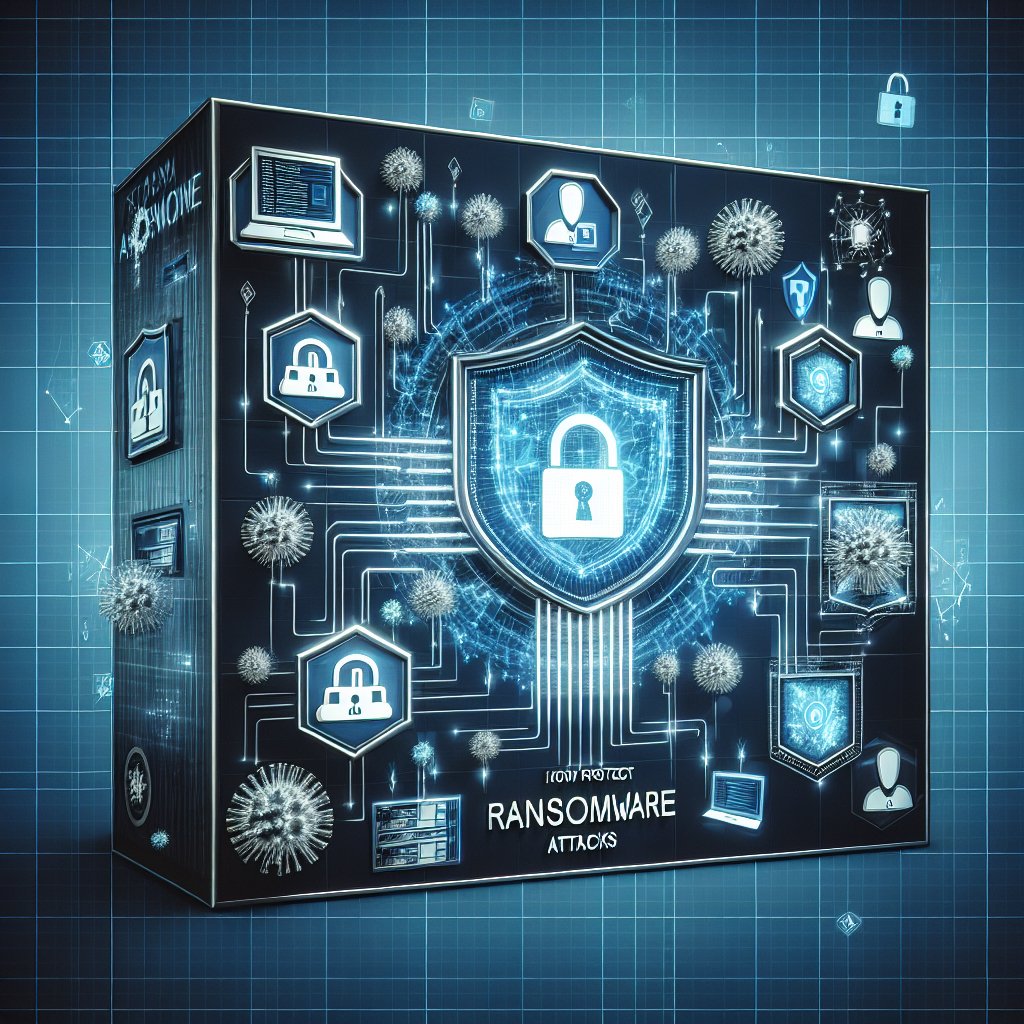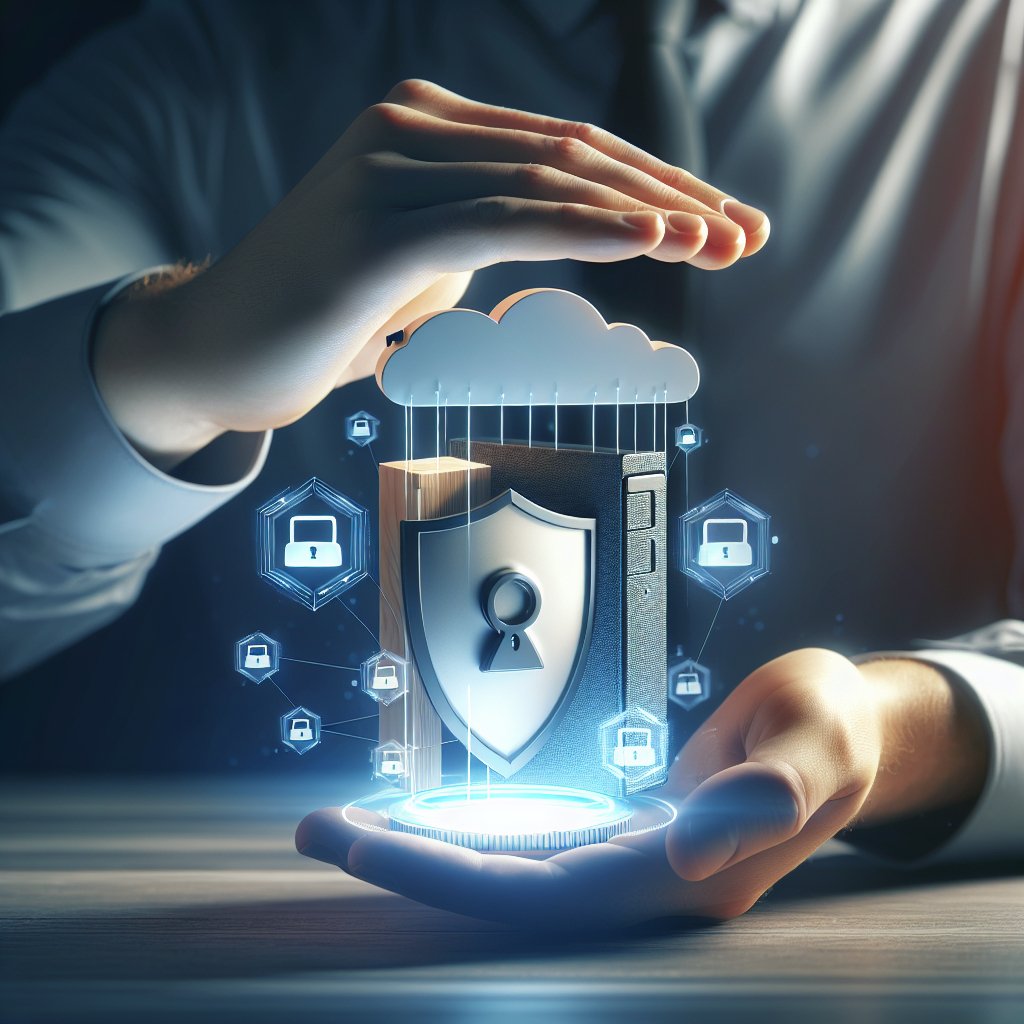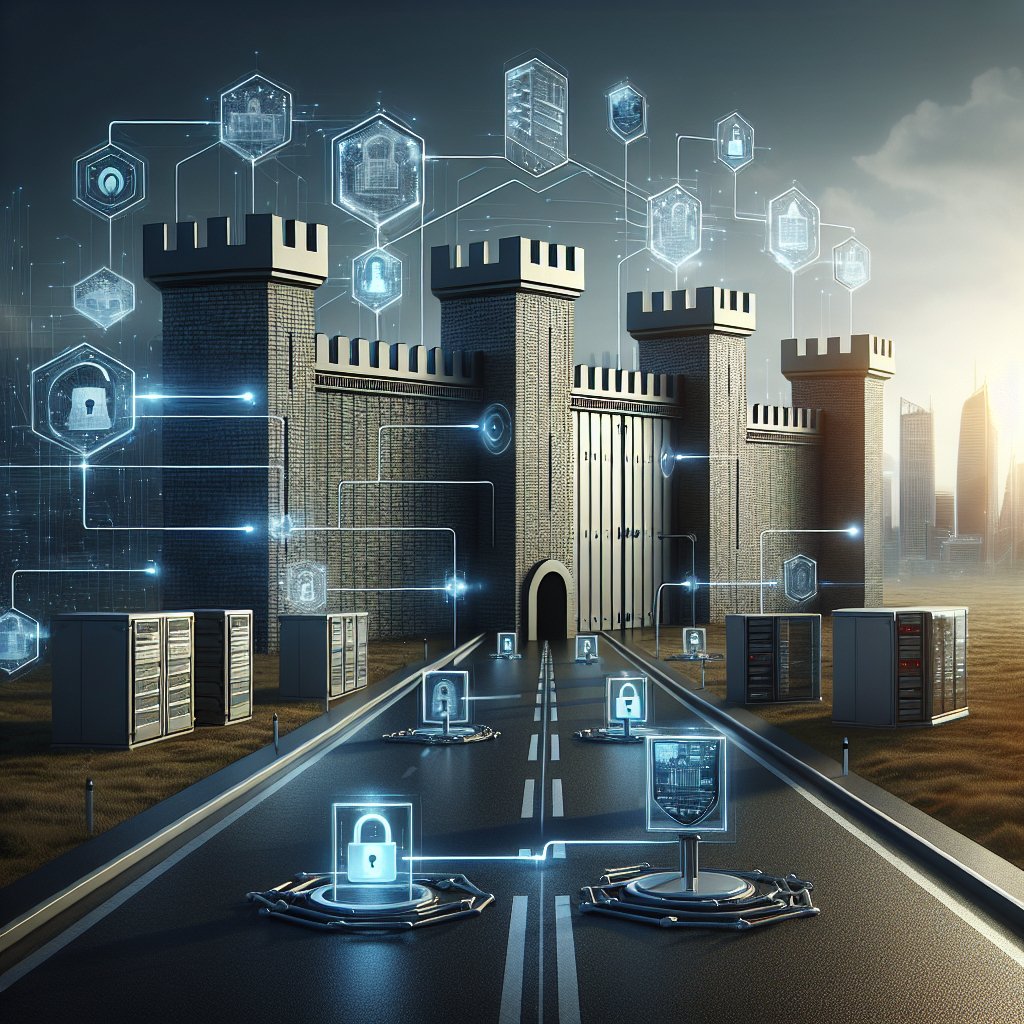How to Protect Your Business from Ransomware Attacks is a critical topic for organizations of all sizes, as the threat of ransomware continues to grow in both frequency and sophistication. Ransomware attacks can cripple businesses, leading to significant financial losses, reputational damage, and operational disruptions. Understanding the nature of these attacks and implementing effective security measures is essential for safeguarding your organization’s assets and data.
Understanding Ransomware: The Threat Landscape
Ransomware is a type of malicious software that encrypts a victim’s files, rendering them inaccessible until a ransom is paid to the attacker. The rise of ransomware has been fueled by several factors, including the increasing reliance on digital systems, the proliferation of remote work, and the growing sophistication of cybercriminals. To effectively protect your business, it is crucial to understand the various types of ransomware and the tactics employed by attackers.
Types of Ransomware
Ransomware can be categorized into several types, each with its own methods of operation:
- Crypto Ransomware: This is the most common type, which encrypts files on the victim’s system. The attacker demands payment in exchange for the decryption key.
- Locker Ransomware: Instead of encrypting files, locker ransomware locks users out of their devices or systems, preventing access until the ransom is paid.
- Scareware: This type of ransomware uses fear tactics, often pretending to be legitimate software that claims to have detected malware on the victim’s system. It demands payment to remove the supposed threat.
- Ransomware-as-a-Service (RaaS): This model allows cybercriminals to rent ransomware tools and infrastructure, making it easier for less technically skilled individuals to launch attacks.
Common Attack Vectors
Understanding how ransomware infiltrates systems is vital for prevention. Common attack vectors include:
- Phishing Emails: Cybercriminals often use deceptive emails to trick users into clicking on malicious links or downloading infected attachments.
- Remote Desktop Protocol (RDP) Exploits: Attackers may exploit weak or compromised RDP credentials to gain access to a system and deploy ransomware.
- Malicious Websites: Visiting compromised or malicious websites can lead to drive-by downloads, where ransomware is automatically downloaded onto the user’s device.
- Software Vulnerabilities: Unpatched software can be exploited by attackers to gain unauthorized access and deploy ransomware.
Implementing Effective Security Measures
To protect your business from ransomware attacks, a multi-layered security approach is essential. This involves not only technological solutions but also employee training and incident response planning.
1. Regular Backups
One of the most effective defenses against ransomware is maintaining regular backups of critical data. Backups should be stored offline or in a secure cloud environment, separate from the main network. This ensures that even if ransomware encrypts your files, you can restore your data without paying the ransom.
2. Employee Training and Awareness
Human error is often the weakest link in cybersecurity. Regular training sessions should be conducted to educate employees about the risks of ransomware and how to recognize phishing attempts. Employees should be encouraged to report suspicious emails and to follow best practices for password management and data handling.
3. Strong Access Controls
Implementing strong access controls can limit the potential impact of a ransomware attack. This includes:
- Least Privilege Principle: Ensure that employees have access only to the data and systems necessary for their roles.
- Multi-Factor Authentication (MFA): Use MFA to add an extra layer of security, making it more difficult for attackers to gain unauthorized access.
- Regularly Update Passwords: Encourage employees to change their passwords regularly and to use complex passwords that are difficult to guess.
4. Network Security Measures
Implementing robust network security measures is crucial for preventing ransomware attacks. This includes:
- Firewalls: Use firewalls to monitor and control incoming and outgoing network traffic based on predetermined security rules.
- Intrusion Detection Systems (IDS): Deploy IDS to detect and respond to potential threats in real-time.
- Endpoint Protection: Utilize endpoint protection solutions that include antivirus, anti-malware, and behavioral analysis to detect and block ransomware.
5. Regular Software Updates and Patch Management
Keeping software up to date is essential for protecting against vulnerabilities that ransomware can exploit. Implement a patch management policy to ensure that all software, including operating systems and applications, is regularly updated with the latest security patches.
6. Incident Response Planning
Having a well-defined incident response plan is critical for minimizing the impact of a ransomware attack. This plan should include:
- Identification: Procedures for identifying and assessing the scope of the attack.
- Containment: Steps to contain the attack and prevent further spread within the network.
- Eradication: Methods for removing the ransomware and any associated malware from affected systems.
- Recovery: Strategies for restoring data from backups and returning to normal operations.
- Post-Incident Review: Conducting a review of the incident to identify lessons learned and improve future response efforts.
Conclusion
Protecting your business from ransomware attacks requires a proactive and comprehensive approach. By understanding the threat landscape, implementing effective security measures, and fostering a culture of cybersecurity awareness among employees, organizations can significantly reduce their risk of falling victim to ransomware. Regularly reviewing and updating security protocols, along with maintaining a robust incident response plan, will further enhance your organization’s resilience against these evolving threats. In an era where cyber threats are increasingly prevalent, investing in business security is not just a necessity; it is a critical component of sustainable growth and success.



